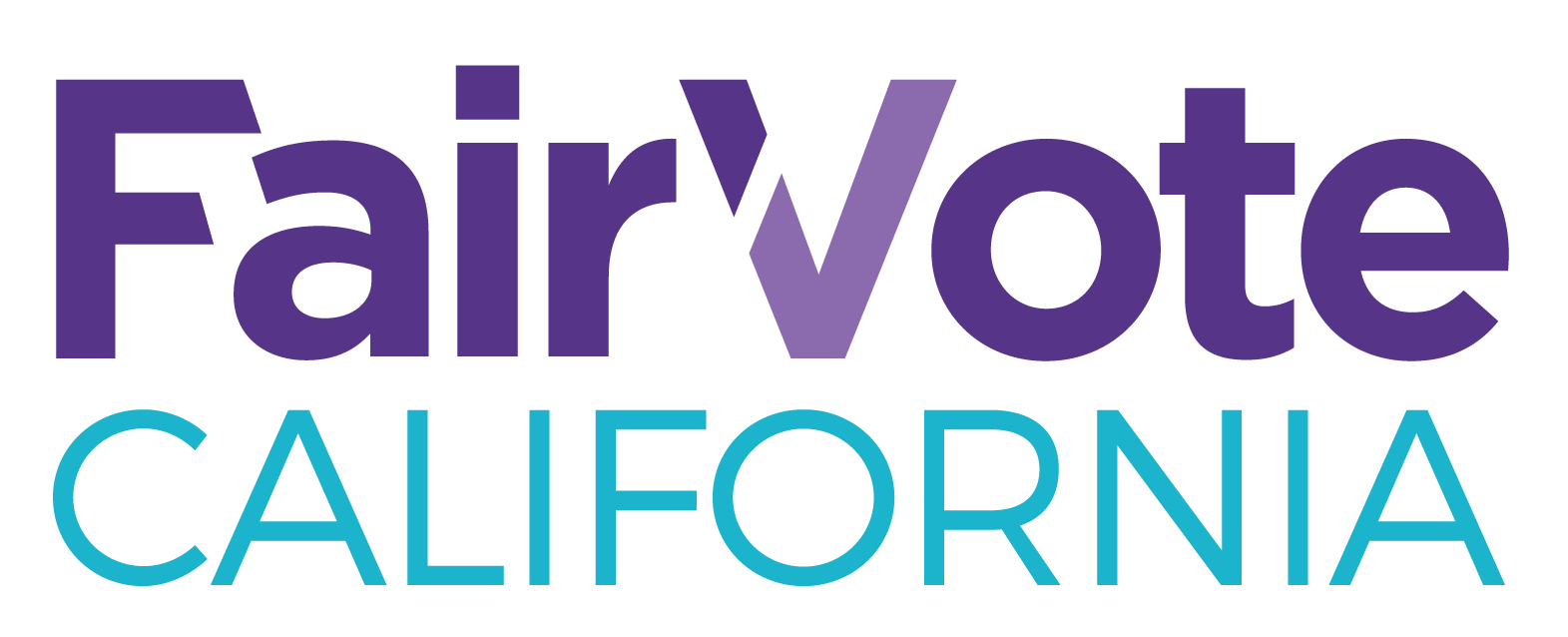Exhausted Ballots in the 2018 San Francisco Mayoral Election
Exhausted Ballots: Did They Affect the Outcome in San Francisco’s Mayoral Election?
By Steven Hill and Pedro Hernandez
Executive Summary
In the 2018 mayoral election in San Francisco, 21,000 ballots (8.6% of all ballots cast) became “exhausted” -- is it possible that the number of exhausted ballots impacted the winner in San Francisco's mayoral election? Or, alternatively, if SF voters had more than three rankings (which might have reduced the number of exhausted ballots), might that have affected the outcome? The answer to both questions is: no. By using publicly available ballot-image data to analyze this race, it can be determined that a substantial number of the exhausted ballots came from voters who supported the less progressive-identified candidates in the race. Those voters tended to favor London Breed over Mark Leno by a ratio of 1.36 to 1. Some voters for Jane Kim also saw their ballots exhaust, and those voters tended to strongly favor Mark Leno. Overall, this analysis estimates that, with more rankings for voters leading to fewer exhausted ballots, Leno might have closed the victory margin by an estimated total of 183 votes. This would not have been enough to overcome the 2,600 vote gap between himself and London Breed.
In addition, if Jane Kim had won 700 more first choice rankings and surpassed Mark Leno in the first round, would that have changed the outcome of the election? Definitely not. In fact, London Breed would have won by an even greater margin, because Kim would have picked up fewer second and third rankings from Leno supporters than Leno picked up from Kim supporters.
Read moreQuick Takes - San Francisco Mayoral Election
Huge turnout
- Voter turnout will end up around 53%, giving San Francisco its highest turnout for mayor in 15 years, much higher than statewide turnout (36%) in California.
Greater usage of ranked choice voting (RCV)
- The mayor’s race drove turnout. San Francisco voters cast more RCV ballots for mayor than non-RCV ballots for governor and U.S. senator.
- 86% of voters used at least two of their rankings in the mayor’s race, and nearly 70% used all three of their rankings.
The California Voting Rights Act: Constitutional, Flexible, Powerful
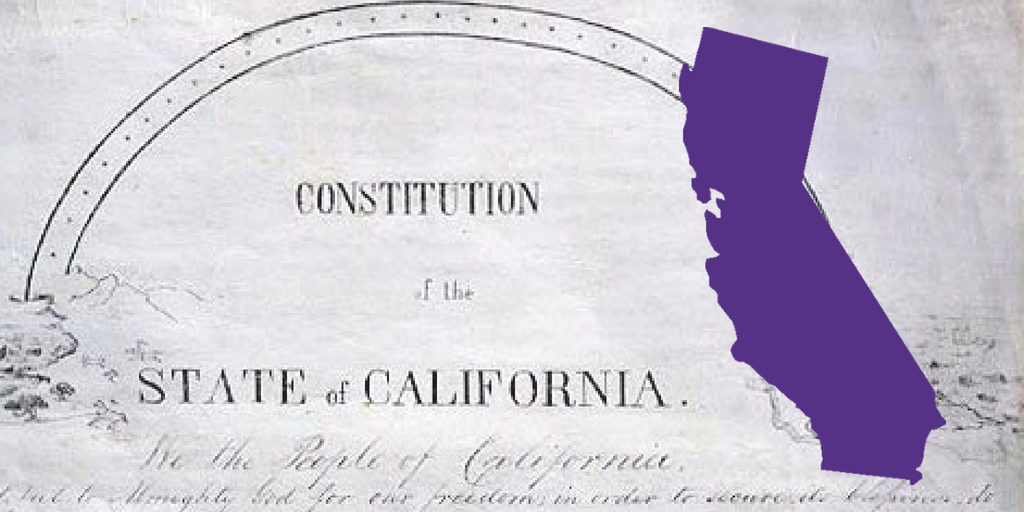
By Pedro Hernandez and Alex Ault
California is diverse, but it’s local elected officials aren’t. No race or ethnic group constitutes a majority of the state’s population. Though they account for 34 percent of the state’s adult population, Latinos comprise just 18 percent of the statewide total of elected city officials in California. Other minority groups, like Asian American/Pacific Islander communities, are underrepresented to an even greater extent.
At the time of its passage, the California Voting Rights Act (CVRA) was groundbreaking legislation. The CVRA expands on voting rights granted under the federal Voting Rights Act by, among other things, lessening the burden for communities to challenge at-large elections systems that dilute their ability to elect a candidate of their choice.
Read morePress Release: San Francisco Mayoral Election By the Numbers: A First Look
FOR IMMEDIATE RELEASE:
June 5, 2018
Contact: Pedro Hernandez at [email protected] or 415.613.2363
San Francisco Mayoral Election By the Numbers: A First Look
Trends Suggest Voters Using RCV Better Than Ever More San Francisco Voters for Mayor than for Governor and Far Less Error
SAN FRANCISCO -- First ranked choice voting (RCV) election results in the special election for mayor of San Francisco suggest that voters are handling ranked choice voting ballots well. After analyzing the first release of the 78,223 ballots received by the Board of Elections on June 4, FairVote California finds that San Francisco voters are continuing to make effective use of ranked choice voting.
San Francisco Report: RCV is Working as Intended with Positive Voter Experience and Increase in Voter Turnout and Use of Rankings
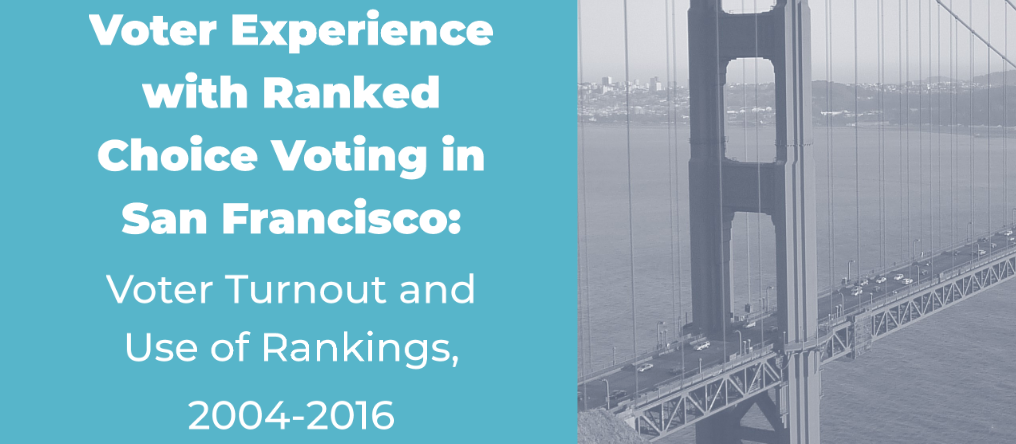
San Francisco Report: RCV is Working as Intended with Positive Voter Experience and Increase in Voter Turnout and Use of Rankings
By Pedro Hernandez
FairVote California has released a comprehensive report providing an overview of how San Francisco voters are using ranked choice voting (RCV) to elect their local officials.
The study shows that more voters use their rankings when a race is competitive and where there are more than two well known candidates, which encourages higher voter turnout and illustrates that this electoral reform is being used as intended. RCV provides voters with greater choice and makes their vote more impactful.
Ranked Ballots are More Democratic Than Runoffs
The percentage of fully ranked ballots had no clear trend over time, but rather appeared to depend more on other factors such as number of candidates and competitiveness. Among the findings, the report showed that 75.4% of ballots had two or three rankings.
Read moreRural Caucus of the California Democratic Party Adopts Ranked Choice Voting

At the November 2017 Executive Board meeting of the California Democratic Party (CDP) in Millbrae, California, the Rural Caucus chose nearly unanimously to adopt ranked choice voting (RCV) for the election of all of its officers. The language for this adoption can be found in Standing Rule #1, Articles V and VII and noted that "Instant Runoff Voting" and RCV are considered the same thing.
Read moreMaking Every Vote Count in Santa Clara

On January 30th, the Santa Clara City Council unanimously voted to put a measure on the June ballot that will transform how local city council members and city officers are elected. This historic ballot measure will give voters greater choice and a stronger voice. If passed by voters, the measure will amend the City’s charter to create two districts and elect 3 city council members to each using ranked choice voting (RCV). Santa Clara could be the first city in the country since the 1950s to use this form of multi-seat RCV. The mayor, clerk, and police chief will also be elected citywide by RCV.
Read moreA Recap of 2017 with FairVote California
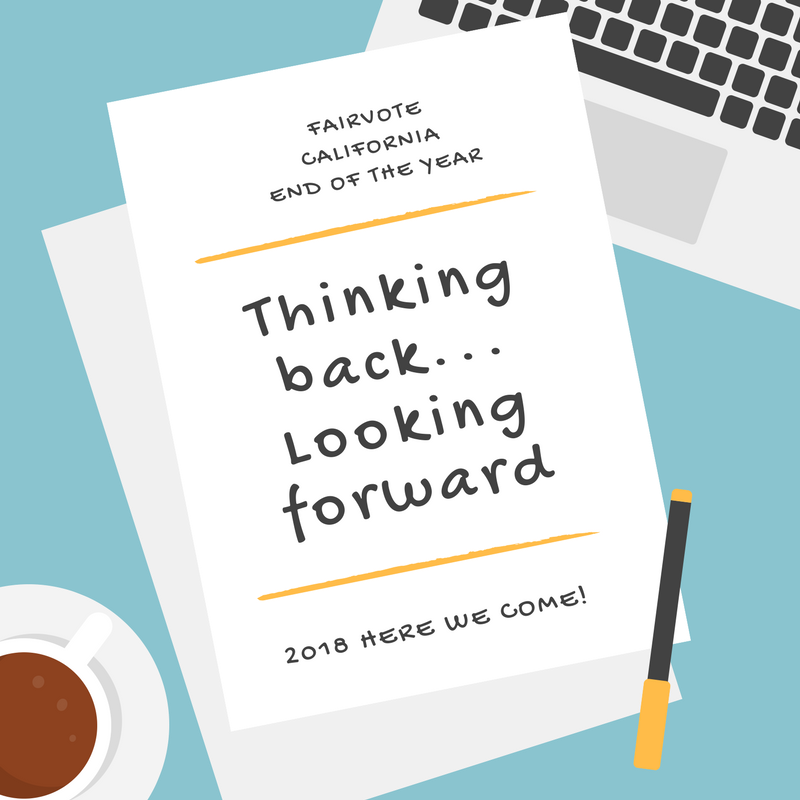
It’s hard to believe that we launched FairVote California (FVCA) just 16 months ago! As we know, our electoral system directly impacts the type of representation that we get, which is why it’s so important we have fair and inclusive elections that achieve better representation. Being the first in my family to be born here, right here in California, I know that our state’s great diversity is the perfect place for systemic change. In the hyperpolarized environment that we’re in, we must continue to lead the way for the rest of the country.
Read moreBuilding A Better Democracy, One Pedal Stroke at a Time
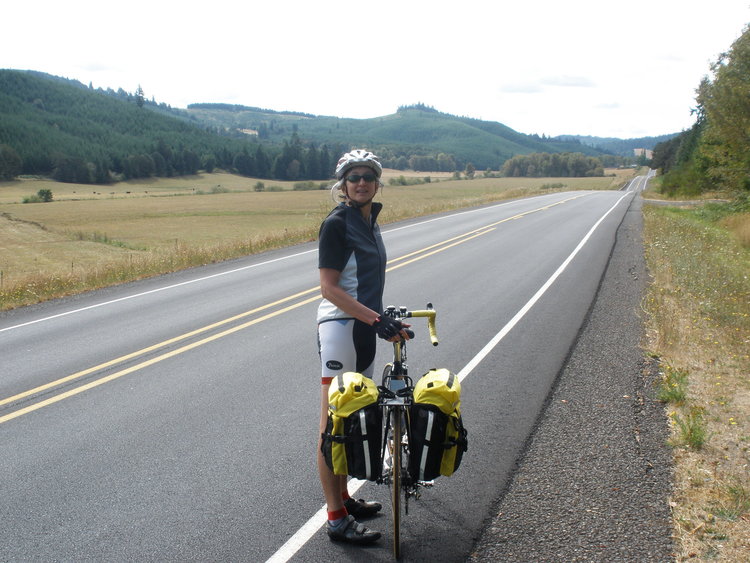
The San Francisco Bicycle Coalition (founded in the 1970’s) has a long history of member-led activism, pushing hard for rights and access for bicyclists. The coalition started before there were ever any Pedestrian/Bicycle Coordinators in city government. Mixing young and old, aggressive bike messenger and slower moving mom-with-trailer, it was “all hands on deck” in the early years. When the Board of Directors’ elections were held, they were healthy contests, and SFBC was a model of participatory democracy in action. Through SFBC’s advocacy and grassroots efforts, the membership grew to 10,000 people.
Read more